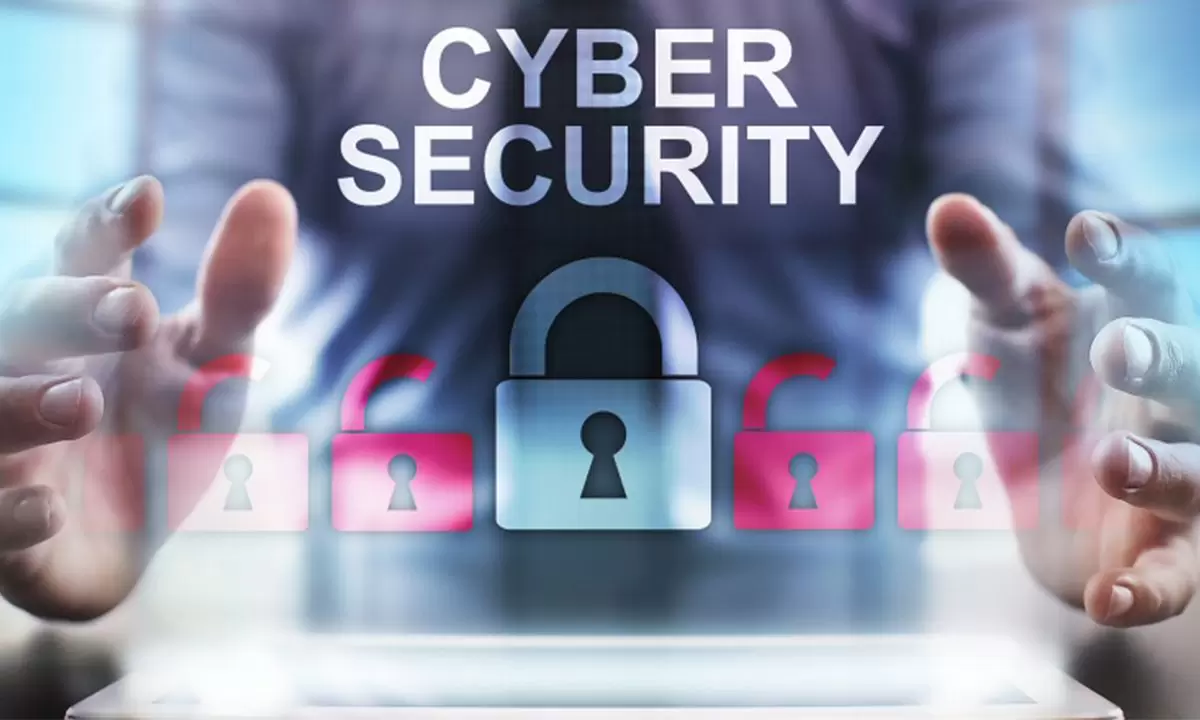Cybercrime is a serious threat but individuals can significantly reduce their risk of falling victim to it through awareness and proactive measures.
The digital world offers tremendous opportunities for communication, work, entertainment, and more but it also exposes users to new risks that did not exist previously.
By prioritizing cybersecurity best practices, you can help lock down your online accounts and devices to prevent exploitation by cybercriminals.
What is Cyber Crime?
Cybercrime refers to criminal activities that involve computers and networks. As technology and the internet have evolved so have online criminal activities.
Cybercriminals use hacking, viruses, phishing, and other online methods to steal users’ personal details, banking credentials, sensitive work data, and more. Some common types of cybercrime include hacking, phishing scams, identity theft, online fraud, and spreading malware.
Read also this blog: White-Collar Crime
13 Ways to Prevent Cyber Crime
Here are the ways to prevent cybercrime.
Ensure Your System is Up-to-date
Keeping your operating system, software, and apps updated regularly is one of the best ways to enhance your cybersecurity. Updates include fixes for security flaws that hackers can take advantage of. You should enable auto-update features wherever possible so your devices always run the latest versions.
Use Full-Service Internet Security Suite
A comprehensive security suite like Norton or McAfee provides multilayered protection including antivirus, firewall, antimalware, internet filtering, and more. Look for products with behavior-based detection that can catch new and evolved threats. Keeping protection activated in real time helps guard against the latest online dangers.
Use a Secure Internet Connection
When connecting to public WiFi networks, consider using a VPN. A VPN encrypts all data transmitted, preventing hackers from being able to intercept and steal sensitive info as it travels between your device and websites. At home, set a strong WiFi password and enable encryption.
Enhance Your Home Network Security
Take steps like changing default logins for routers, disabling remote management features if not needed, and staying vigilant against IoT (Internet of Things) device vulnerabilities.
Use Strong Passwords
Make passwords long, random, and unique for each online account. Avoid personal details that could be easily guessed. Use a password generator and manager to ensure strong, unique credentials every time.
Be Aware of Pop-ups and Fraudulent Emails
Phishing scams try to fool users into sharing login data or downloading malware under pretenses. Type URLs directly or use bookmarks for brands you trust. Watch for misspellings of brands or urgent language intended to bypass skepticism.
Protect yourself from Identity Threats
Here are some tips to help protect yourself from identity threats like identity theft:
- Be wary of sharing personal information over the phone, by mail, or online unless you initiated the contact or are certain of the request’s legitimacy.
- Shred financial documents and paperwork with personal information before discarding.
- Don’t carry your Social Security card or number with you; leave it in a secure place at home.
- Opt out of pre-approved credit offers, which can make your data more widely available.
- Order a copy of your credit report from each of the three major credit bureaus each year to check for signs of identity theft or errors.
- Monitor bank, credit card, and other statements regularly for suspicious activity.
Manage Your Social Media Settings
Review privacy and security settings on social media accounts. Limit what personal details are visible to the public. Consider using a nickname rather than a full name. Think twice before sharing photos with metadata that could expose location details. Be wary of friend requests from strangers. Watch for scams impersonating celebrities or brands on platforms.
Get the Right Cyber Insurance Policy
Just like homeowners or car insurance, cyber insurance can offer valuable coverage if you fall victim to a data breach or other cybercrime. Policies help cover costs of notifying affected individuals, credit monitoring, legal fees, forensic investigations, and more. Shop around for a policy tailored to your specific risks and needs from the business.
Avoid the Urge to Save Passwords in Your Browser
It may be convenient but storing login credentials in your browser makes them accessible to anyone who gains access to your device. Use a password manager instead with strong master passwords and two-factor authentication for an extra layer of protection for all your online account passwords.
Do Not Trust Everything on the INTERNET
Be wary of communications that seem too good to be true as they may contain malware that can harm your device and steal personal information like bank credentials.
Talk to Your Children about the Internet
Educate kids about safe internet practices like not sharing personal details with strangers, using strong passwords, avoiding downloaded files from unknown sources, and being skeptical of anything that seems too good to be true.
Set screen time limits and use parental control features on devices to help them browse safely. Open communication helps protect children online.
What to do if You become a Victim?
Even with the best precautions, the possibility remains that you or someone you know could become a victim of cybercrime. Here are steps to take immediately if that happens:
- Act Fast: The sooner you mitigate the damage, the better. Act within 24 hours for the best chance of reducing fraud and identity theft.
- Change Passwords: For any accounts you know were accessed, create new complex passwords right away. Enable multifactor authentication if possible.
- Monitor Accounts: Carefully check bank, credit, and other statements for suspicious activity. Place fraud alerts with credit bureaus.
- Contact Authorities: File a police report for the local jurisdiction where the crime occurred. Also, report identity theft to the FTC at IdentityTheft.gov for the recovery plan.
- Close Unauthorized Accounts: Work with card companies or banks to close any accounts opened without consent. Place blocks on credit reports.
- Notify Companies: Contact any businesses where accounts were compromised. They may issue new cards or accounts with extra security.
- Back-Up Devices: In case of a virus or malware infection, back up key files and do a factory reset or reinstall the operating system to wipe out threats fully.
- Consider Monitoring: Options like LifeLock provide ongoing monitoring of credit files and public records for early signs of new fraudulent activity.
- Learn Lessons: Review what happened to determine how controls or behaviors could improve. Help educate others on risks to avoid similar experiences.
Frequently Asked Questions
The most important things are using strong and unique passwords, keeping devices updated, using antivirus software, being wary of suspicious communications, limiting what personal data is public, and educating yourself and your family on cybersecurity best practices.
Ensuring your computer and mobile operating systems and applications are always updated to the latest versions should be the very first line of defense. This helps patch any existing vulnerabilities.
1. Use strong passwords
2. Update software regularly
3. Use firewall and antivirus software
4. Be wary of phishing scams
5. Use a VPN for public WiFi
6. Back up important files
7. Monitor accounts and statements
8. Limit social media privacy
9. Educated children on safe online habits
10. Get cyber insurance
1. Use strong, unique passwords
2. Enable two-factor authentication where possible
3. Apply security software updates promptly
4. Watch out for phishing scams
5. Use caution when downloading files
6. Be mindful of public wi-fi connections
7. Educate yourself and others on best practices










